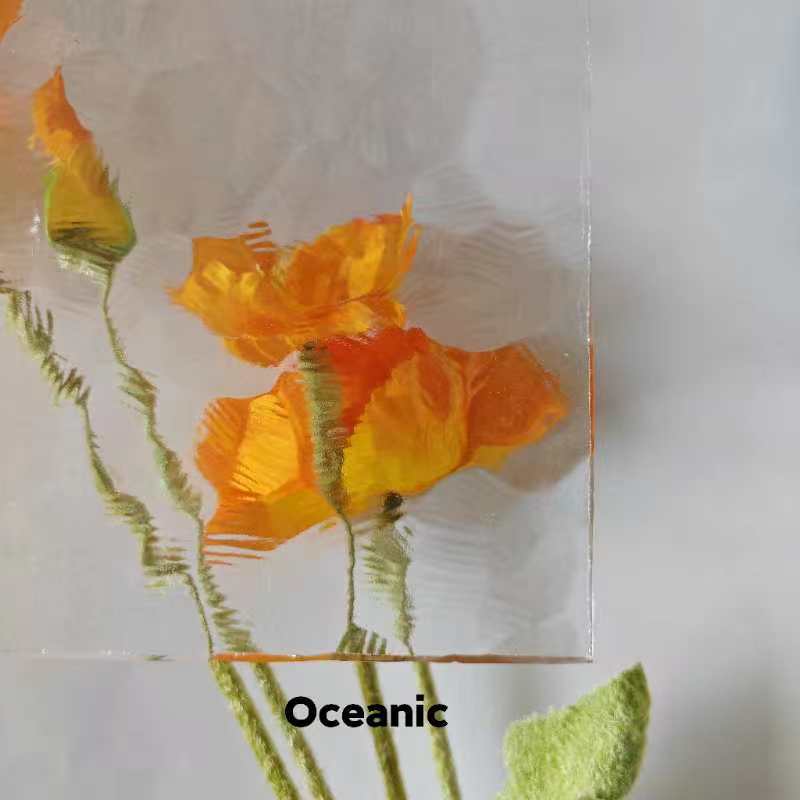

Low-E Glass in China A Sustainable Future for Architectural Design
In recent years, the demand for energy-efficient building materials has surged globally, and China is no exception. One of the most significant advancements in this area is Low-emissivity (Low-E) glass. This innovative glazing solution has transformed architectural design, offering not only aesthetic appeal but also considerable energy savings and environmental benefits, making it a cornerstone of modern construction in China.
Low-E Glass in China A Sustainable Future for Architectural Design
The growth of Low-E glass in China is primarily driven by the government's focus on energy conservation and emission reduction. As part of its commitment to combat climate change and to promote sustainable urban development, the Chinese government has implemented strict building codes that emphasize energy efficiency. According to the Energy Research Institute of the National Development and Reform Commission, buildings account for about 30% of China's total energy consumption. By integrating Low-E glass into new constructions, developers can significantly reduce energy usage, thereby lowering operational costs and minimizing environmental impacts.

Moreover, the aesthetic appeal of buildings using Low-E glass cannot be overstated. The sleek, modern look of glass facades enhances the architectural beauty of urban landscapes. Chinese cities such as Beijing, Shanghai, and Guangzhou have seen a proliferation of glass-clad buildings, many of which utilize Low-E technology to create stunning visual statements while adhering to energy efficiency standards. This trend not only reflects contemporary design sensibilities but also signifies a broader cultural shift towards sustainability in urban planning.
From an economic perspective, the Low-E glass market in China is burgeoning. As the demand for energy-efficient solutions increases, many domestic manufacturers have emerged, producing a wide range of Low-E glass products. The competition has led to innovations in technology and reductions in cost, making it more accessible for various projects, from residential buildings to commercial complexes. This growth presents opportunities for collaboration between local producers and international partners, fostering a robust supply chain for high-quality Low-E products.
In addition to energy savings and aesthetic advantages, Low-E glass offers enhanced comfort for occupants. By reducing glare and improving natural light penetration, it creates a more pleasant indoor environment. This aspect is particularly important in densely populated urban areas where residents and workers spend a majority of their time indoors. Consequently, incorporating Low-E glass contributes not only to energy efficiency but also to the overall well-being of individuals.
In conclusion, Low-E glass is at the forefront of China's evolution towards more sustainable and energy-efficient building practices. As urbanization continues to escalate, so too does the importance of integrating innovative materials like Low-E glass into architectural designs. With its combination of energy conservation, aesthetic appeal, and occupant comfort, Low-E glass serves both the immediate needs of the present and the long-term goals of environmental stewardship. As China forges ahead in its quest for sustainable development, Low-E glass stands as a testament to the possibilities that lie at the intersection of technology and environmental consciousness.